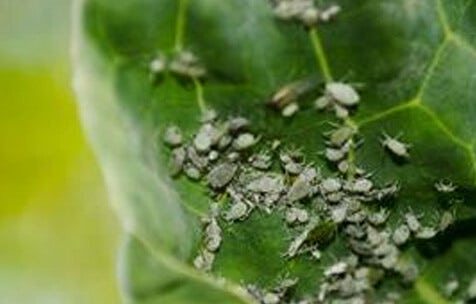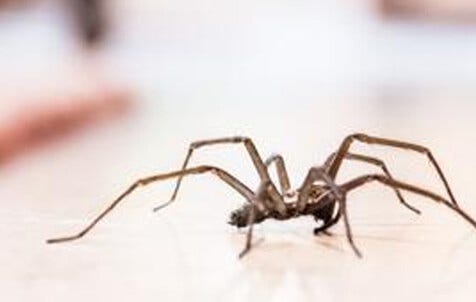See how you can stop the devastation before it begins.
Invasive pests are non-native insects, animals and plants that are introduced into an environment, often with devastating effects. These non-native pests are often accidentally introduced into an environment, and with unintentional human help and few, if any, natural predators, they can spread rapidly. We’re focused on eliminating invasive insects and protecting the plants they threaten, and so can you.
Tiny insects that pose huge threats
These are some of the most devastating invasive insects in America today. Good stewardship starts with knowing how to identify these pests and recognizing signs of infestation. Learn where they’re currently located, what plants they target, how to report them, and what products kill them. For more information, visit the link for each individual pest.
Emerald Ash Borers
These small, metallic-green beetles have killed tens of millions of ash trees across 30 states. Their larvae tunnel underneath ash bark, often remaining unnoticed, until it’s too late for your tree. Get more facts from The Arbor Day Foundation.
Asian Citrus Psyllids
Both the adults and nymphs of these tiny, winged insects feed on the new shoots of citrus plants, causing extensive damage. But the bigger danger is their ability to spread Citrus Greening Disease, an incurable disease that ruins fruit and is threatening the citrus industry.
Japanese Beetles
Voracious eaters, these metallic-green and copper-colored beetles devour over 300 plant species, skeletonizing leaves and defoliating entire plants. When feeding, they give off a pheromone that attracts more Japanese Beetles to your plant. See what the University of Kentucky has to say about these pests.
Spotted Lanternflies
These sucking insects from southeast Asia are relatively new to America. Discovered in 2014, they have already spread throughout the Northeast. These planthoppers feed on over 70 types of plants and secrete honeydew, which encourages the growth of sooty mold. Plus they lay egg masses on just about anything, including vehicles. Penn State Extension has more details about these hungry pests.
Gypsy Moth Larvae
Is your tree losing its leaves? These caterpillars could be the cause. Recognizable by their dark grey or blue bodies, red spots and long hairs, these eating machines hatch in April and attack a wide variety of trees, including aspen, oak, even conifers.
Monitoring & Reporting
Federal quarantine areas have been established for many of these invasive insects, but officials need our help. Hotlines and websites make it easy to report a sighting or suspected infestation.
For example: Spotted Lanternflies can be reported here or by calling 1-888-4BAD-FLY.








